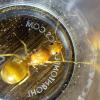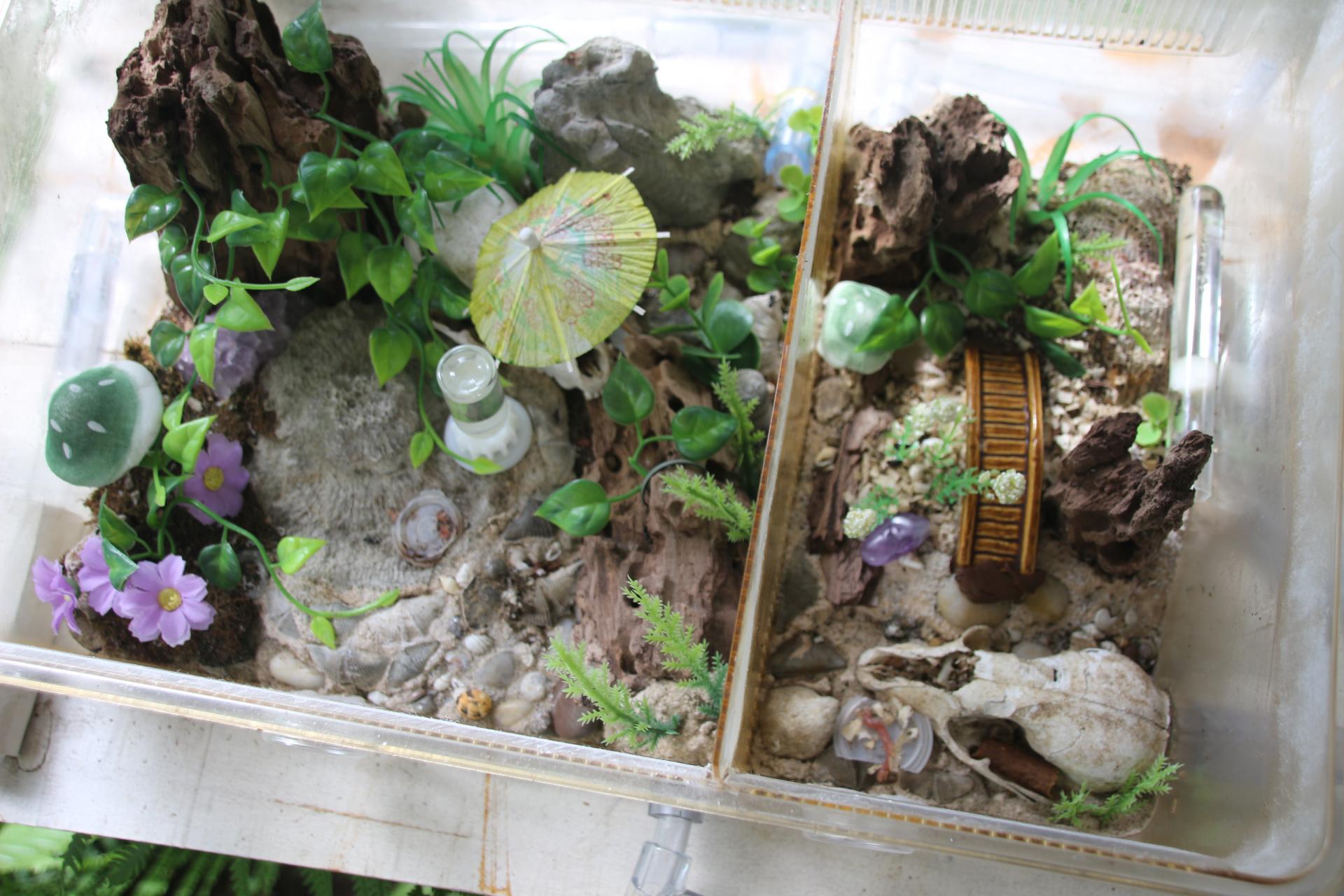From my Camponotus colony Journal I offer these observations.
One of the main reasons for the success of this and my other colonies, I think, is because I pay special attention to the queen and providing a safe, secure chamber for her to live in. When I constructed the nest chamber for this Camponotus colony, I made a small chamber for the queen and her entourage. It seems to me that many queens, Lasius, Tetramorium, Myrmica, and Camponotus, prefer to have a separate chamber apart from the rest of the colony. This can be as simple as a separate chamber as I just described, or a completely separate chamber some distance from the main nest. My Lasius queens, in particular, prefer to have a chamber apart from the main colony, I usually use something like a small test tube buried in moss close to the nest. A queen chamber apart from the main nest has the added advantage that you can inspect the nest chamber without disturbing the queen. I think this is more important than many people think. Last year when I inspected the Camponotus colony it became obvious that the red film worked to keep the workers calm, but I could see the queen scurrying around trying to find a dark place to hide. I believe queens see light differently than workers. I also felt there was a reduction in egg laying after these inspections, probably because the queen had to settle back down to egg laying after being disturbed. This year I placed a piece of black paper over the queen chamber so it is kept dark even during inspections of the rest of the nest. Egg laying has been consistent with large batches.
I have been amazed at the brood piles the colony has raised this year. Of course they would never have been able to raise them without proper nutrition. I feed them the usual insects, but they also enjoy many of the things I cook for supper. Chicken (dark meat only), cooked chicken liver, pork (raw and cooked), scrambled eggs, and fish (salmon and haddock). The added advantage of these foods is that they produce no garbage. I have also provided them with bird droppings, but I can't honestly say that I noticed any dramatic effort to collect it or take it into the nest. I feed them every day and they have sugar water and fresh water at all times. A queen producing lots of eggs and the food for the colony to raise them to workers has to be a successful colony.
I don't think we understand all of the environmental conditions that ants need to thrive. Many plants require different daytime and night time temperatures, perhaps this is true for Camponotus as they are naturally exposed to these variations in the wild and may actually require them. Also, there are some creatures, ie turtles, that require sunshine to metabolize Calcium for their hard shell. I keep my Camponotus colony in a greenhouse which is actually shaded for most of the day, but the ants do get direct sunshine in their outworlds for part of the afternoon. All the rest of my colonies get sunshine for a period each day on the warm, dry side of their formicarium. I shade the cool, damp side. I think some ants require sunshine to be healthy.
There, I just saved you months of journal reading and gave you the condensed version of some of my observations. I have more, let me know what you think.
My father always said I had ants in my pants.




















